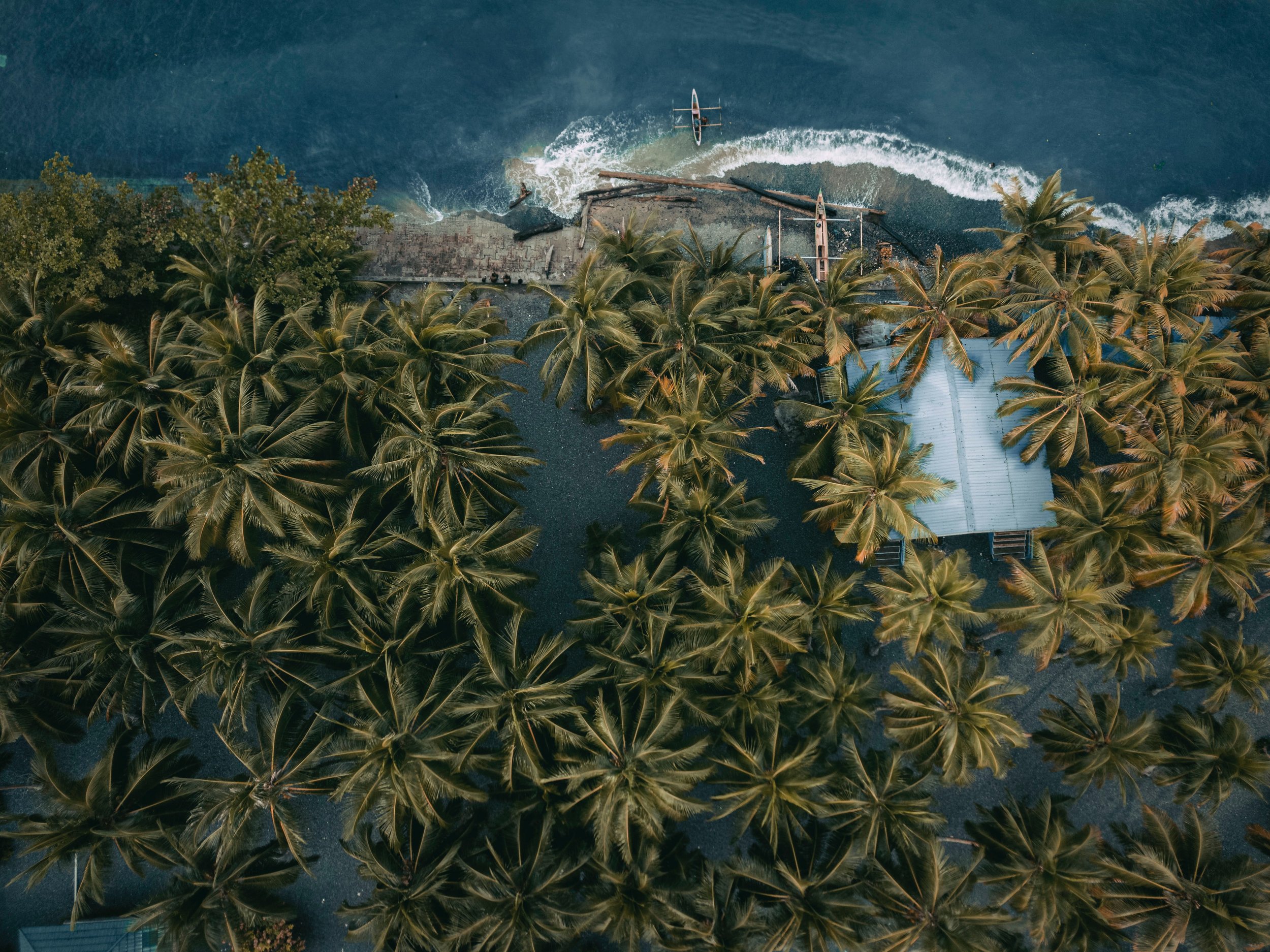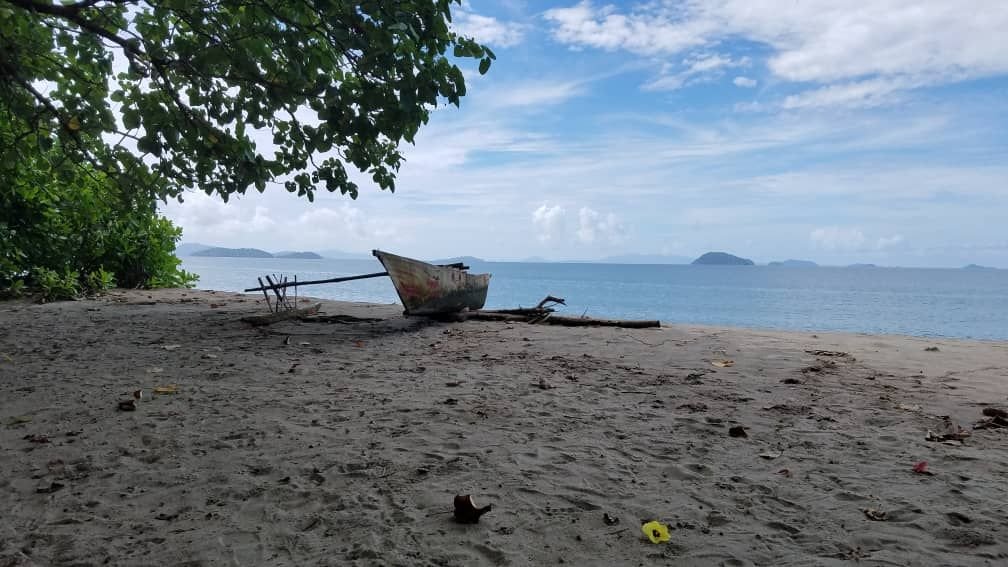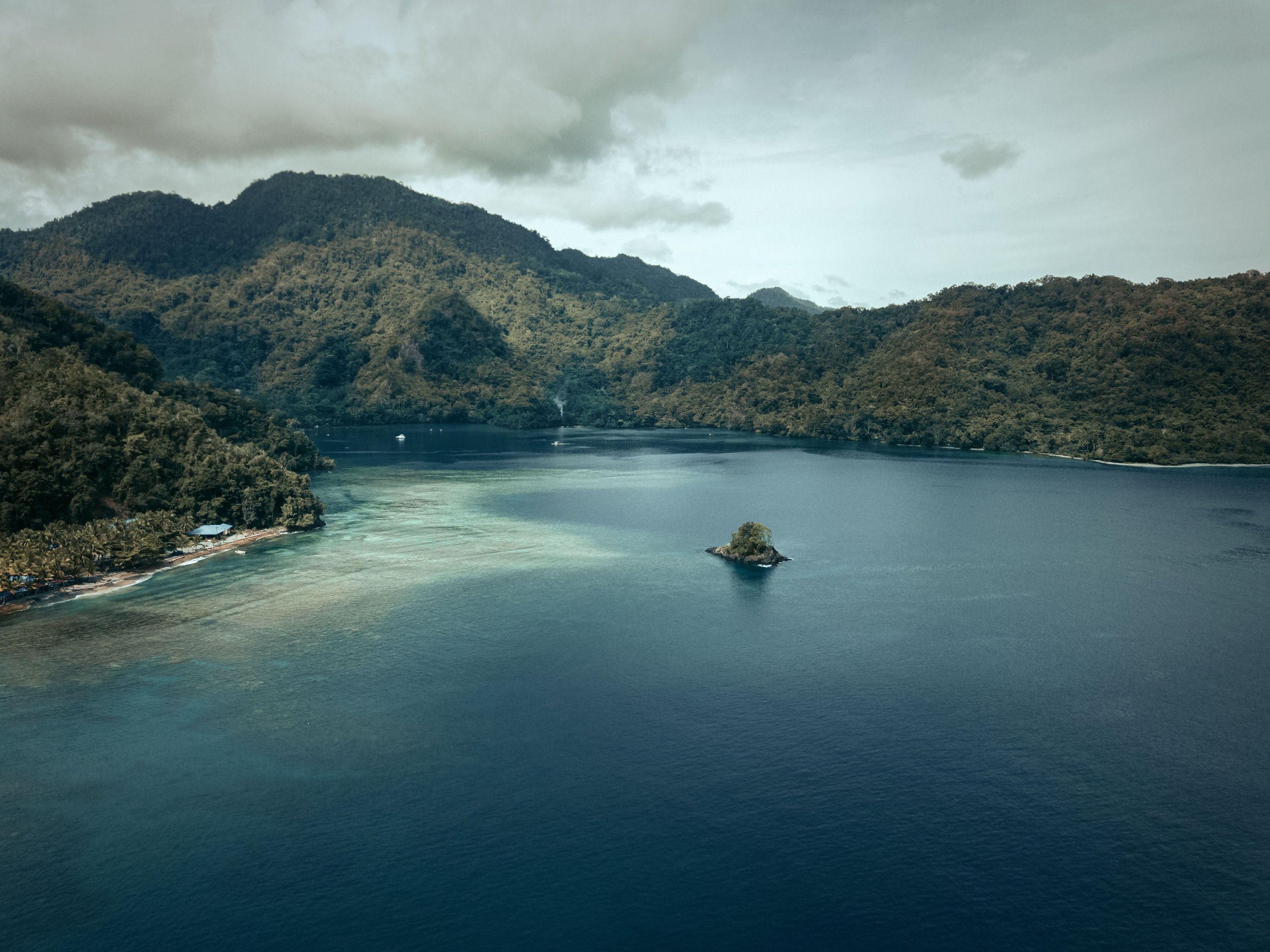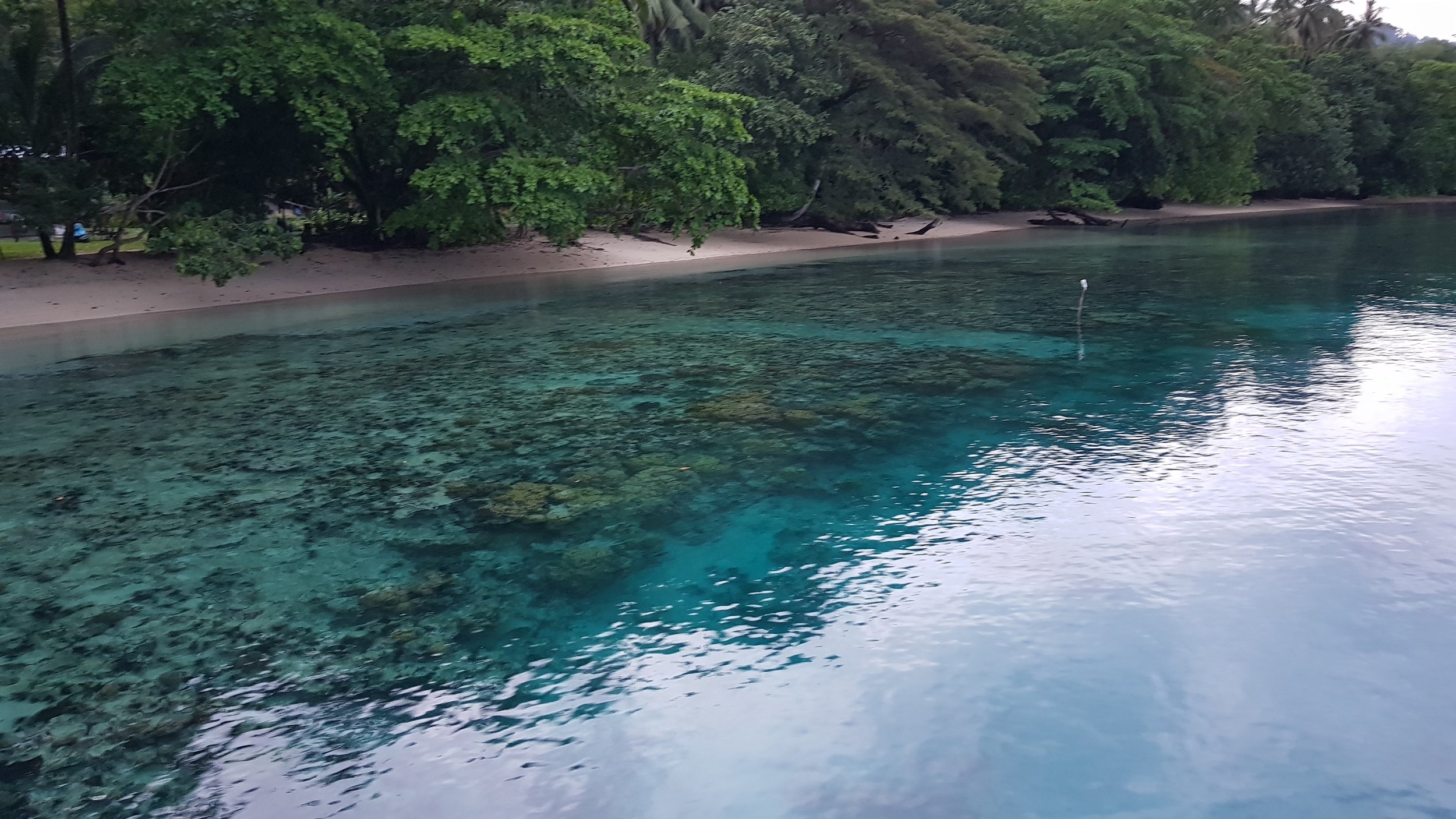
just north of Australia, with a landmass just larger than the State of California. It shares it’s border with Indonesia on the west side. These two countries combined make up the Island of New Guinea, which is the second largest Island in the world.Papua New Guinea is as divers as it’s 850 different tribal languages. The country has a population just over six million, but only 18% of the people of PNG live in urban areas. This means that over 80% of the people of Papua New Guinea live in rural village settings commonly referred to as the “bush.”[1]
The country is divided up into eighteen different provinces.Although just about every tribe in Papua New Guinea has their own native dialect, the country is brought together by the common language of “Pidgin.” Pidgin was a language created by the settlers of Papua New Guinea in order to have a communicative language between the tribes.
The language has some English, German, and native dialects in it. Some words that are fun to learn:Kaikai – (noun) food, (verb) to eatAmamas – happy, joyful, excitedOlgeta – all, everyone, everything Papua New Guinea is also known for it’s exotic wild life. Although she does not have big game animals, PNG is home to several thousand species of bugs, spiders, birds, snakes, butterflies and plants. Scientists from all over the world venture to Papua New Guinea hoping to discover new wild life. Geographically, Papua New Guinea is located on the Pacific Ring of Fire. This means that there are numerous active volcanoes, and earthquakes are common as well.Papua New Guinea is a mountainous country.
The highest mountain in Papua New Guinea is Mt Wilhelm towering over the country at 14,793ft. Mt Wilhelm is the only place in PNG that gets snow.The climate in Papua New Guinea is for the most part tropical. Depending on where you are in the country, the temperature varies from 70ºF to 95ºF year round. The closer you are to the coast the more humidity there is.
Papua New Guinea has two seasons: the rainy season and the dry season. During the rainy season, it rains on average three times a week. During the dry season, it only rains on average of two times a month. “The monthly average of rain fall in PNG is 3.5 inches.”[2]Papua New Guinea is rich with many natural resources including: gold, copper, silver, natural gas, timber, oil, and fisheries. They also are blessed with delicious fruits and vegetables such as: Mangos, Bananas, Coconuts, Coffee, Sweet Potatoes, Guavas, and many more.
Papua New Guinea is known for it’s Blue Mountain Arabica coffee that it exports all over the world. The Sweet Potato, known as kuku in pidgen, is the most popular food item in PNG. If you have an authentic meal it would not be complete without some kuku!
Back when Papua New Guinea was being developed the World Council of Churches divided PNG up giving every church in their group a particular province or portion of the country. The Baptist not being a part of that group started going everywhere preaching the gospel! Still today there is a strong attitude of: “This is my area go away.” Papua New Guinea proclaims to be a Christian nation, but is still steeped in demonic cultural practices. Many “Christian” religions have come in trying to mix Christianity with cultural practices that have roots in demonism. This type of religion has blinded the people of New Guinea to the true gospel. Jesus said in Acts 26:18 “To open their eyes, [and] to turn [them] from darkness to light, and [from] the power of Satan unto God, that they may receive forgiveness of sins, and inheritance among them which are sanctified by faith that is in me.”Although statistics show that Catholicism is the main religion in Papua New Guinea, It would be fair to say that paganism and demonic practices are the main belief systems of the people of Papua New Guinea still today.
The religious statistics are as follows: Roman Catholic 27%, Protestant 69.4% (Evangelical Lutheran 19.5%, United Church 11.5%, Seventh-Day Adventist 10%, Pentecostal 8.6%, Evangelical Alliance 5.2%, Anglican 3.2%, Baptist 2.5%, other Protestant 8.9%), Baha'i 0.3%, indigenous beliefs and other 3.3% (2000 census)[3]
[1]https://www.cia.gov/library/publications/the-world-factbook/geos/pp.html
[2]http://www.studentsoftheworld.info/country_information.php?Pays=PNG
[3]https://www.cia.gov/library/publications/the-world-factbook/geos/pp.html









